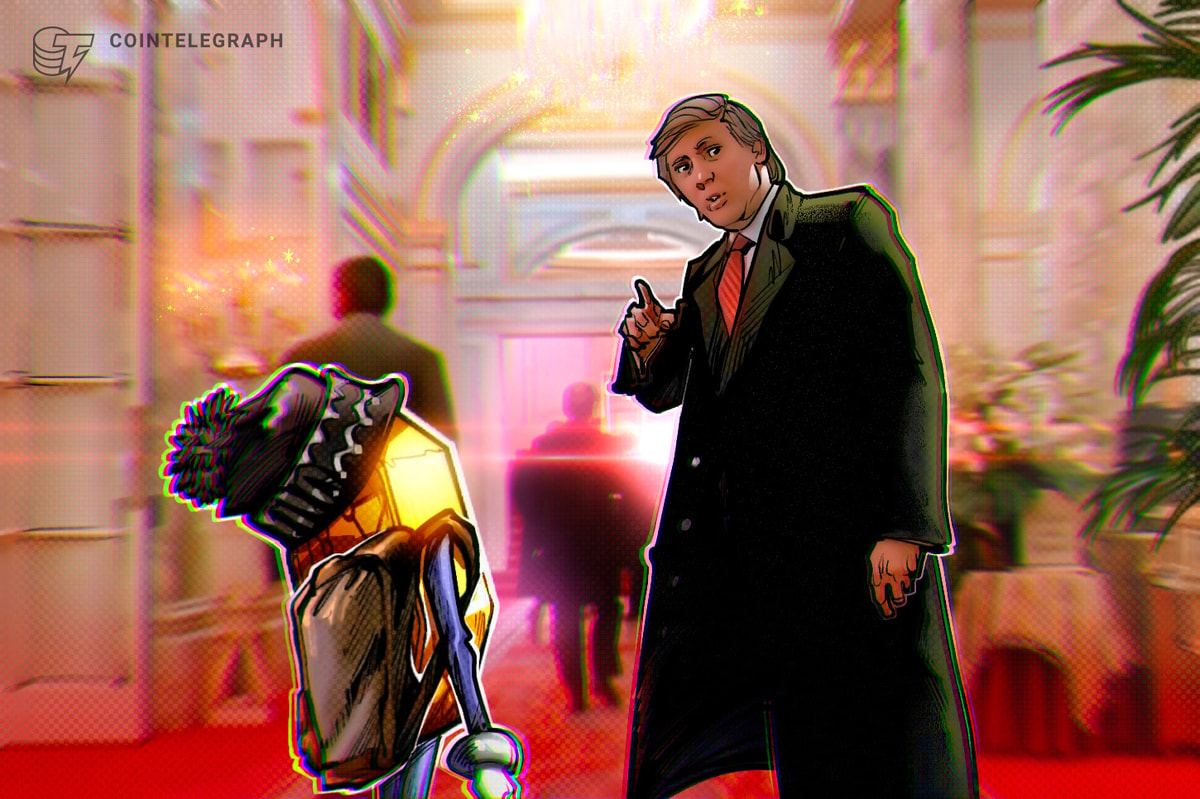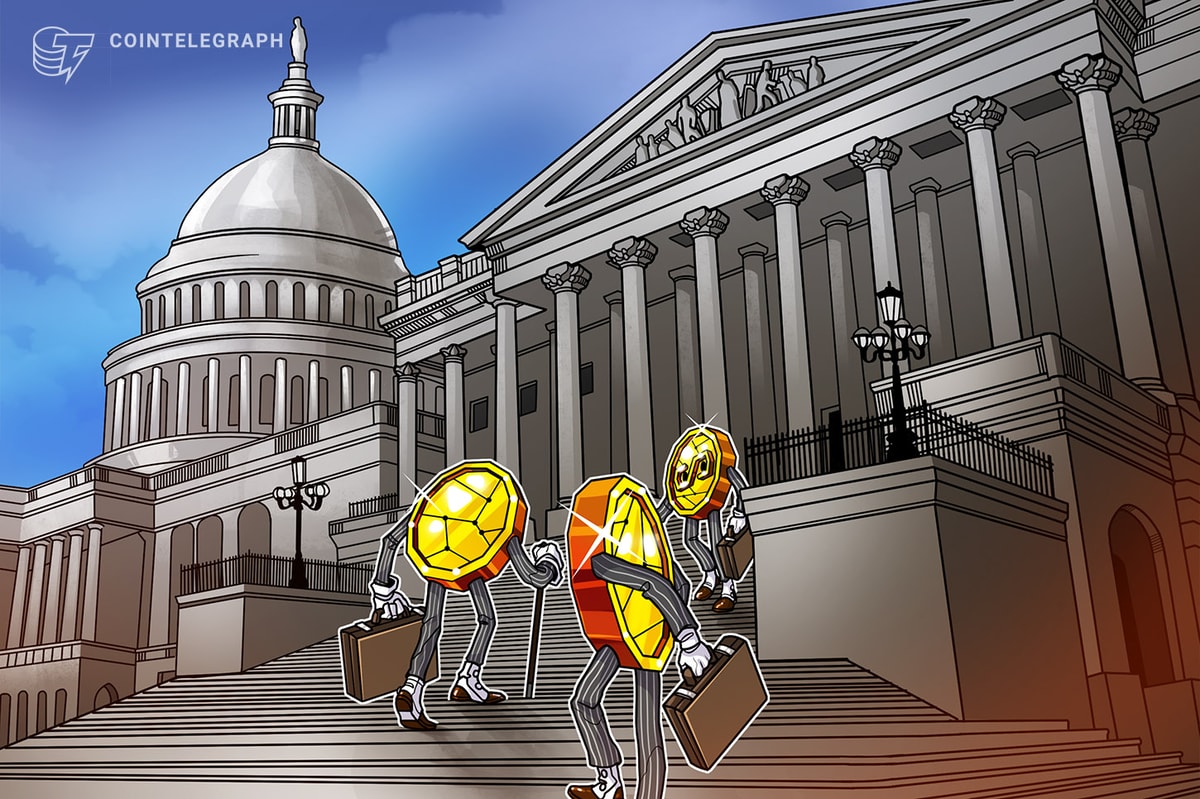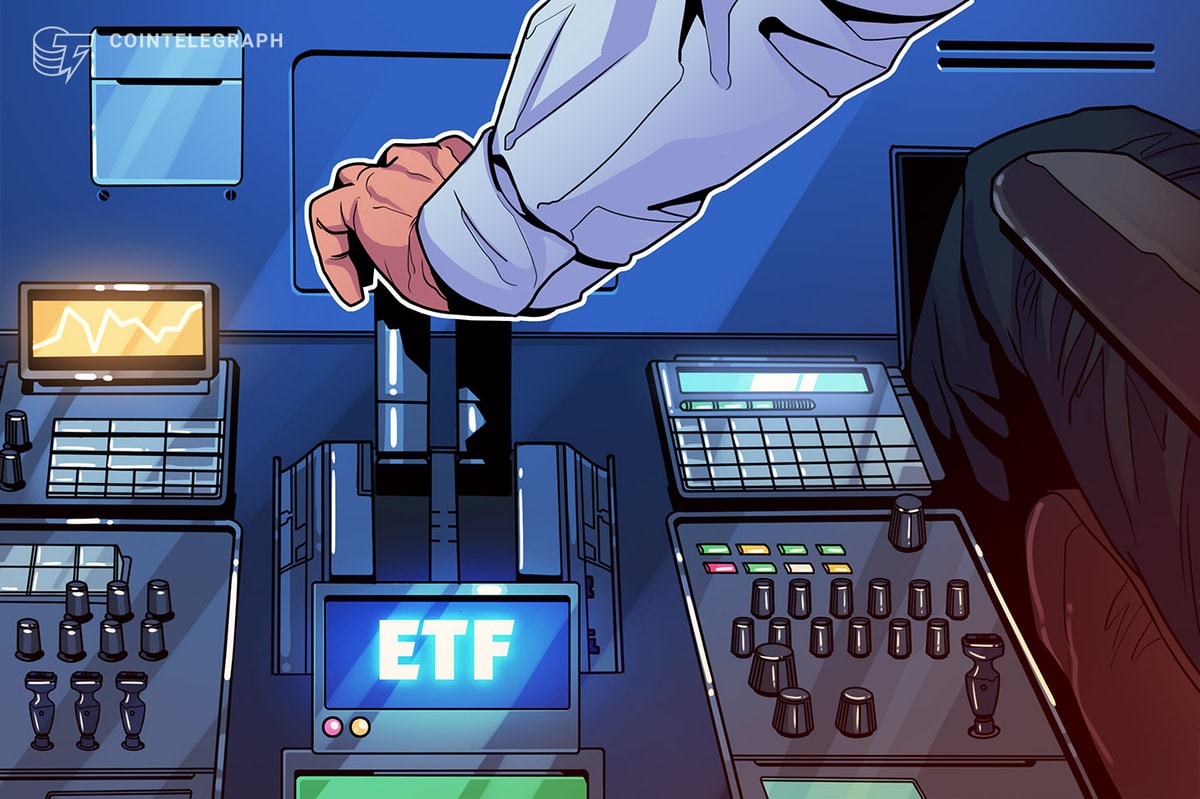With seven days until US President-elect Donald Trump takes office, many in the crypto industry have been monitoring his prospective staff picks and policy announcements.
Since shifting from calling Bitcoin (BTC) a “scam” in 2021 to claiming to embrace the technology during his 2024 presidential campaign, Trump has made many promises to the digital asset industry that could affect regulation and enforcement. Though there is no way to know if he intends to prioritize those promises — or fulfill them at all — after taking office, there has already been some movement in the regulatory landscape before his scheduled inauguration.
Firing Gary Gensler “on day one”
At the Bitcoin 2024 conference in July, Trump promised to fire US Securities and Exchange Commission Chair Gary Gensler on his first day in office, Jan. 20. Many speculated that Gensler would be more likely to announce his resignation ahead of any Trump presidency, despite the SEC chair’s term ending in June 2026.
On Nov. 22, roughly two weeks after the US presidential election, Gensler announced that he would step down on the day of Trump’s inauguration, paving the way for the Senate to confirm another SEC chair. The president-elect will have the authority to appoint an acting head of the regulatory body until the Senate can confirm a full-time replacement for Gensler.
On Dec. 4, Trump announced he intended to nominate former SEC Commissioner Paul Atkins to chair the commission in 2025. Whoever heads the SEC will have some authority to change regulatory policies on digital assets as securities and related enforcement actions — something for which crypto users had heavily criticized Gensler.
Different direction at financial regulators starting in 2025?
Other than making general promises to change the SEC’s position on “slandering” the crypto industry and “block[ing] ordinary Americans” from transferring money to exchanges, it’s unclear precisely what Trump might have planned at the commission in his second term.
If confirmed as SEC chair, Atkins would have the discretion to essentially chart his own path. Trump could call out the potential commission head on social media or impose other political pressure if he disagreed with a decision.
Some members of the 119th Congress have suggested supporting the passage of the Financial Innovation and Technology for the 21st Century Act (FIT21), legislation that would clarify the roles the SEC and Commodity Futures Trading Commission (CFTC) have over digital assets. However, even without this bill, reports have suggested that Trump intends to install a CFTC chair who supports crypto regulation that is favorable to the industry.
Related: Members of US Congress backed by crypto PACs to take office on Jan. 3
According to Project 2025 — a conservative policy framework that Trump’s transition team disavowed during his campaign but reportedly turned to for hiring decisions after Election Day — members of Congress should “modernize the definition of commodity [...] and clarify the treatment of digital assets.” The framework also suggested any administration “remove regulatory impediments” at the SEC.
“The SEC and CFTC should clarify the treatment of digital assets (coins or tokens) [by promulgating] a joint regulation providing that a holder of digital assets may not be deemed a party to an investment contract [and] Amend[ing] the definition of commodity to include digital assets that are not a security as so defined.”
The Trump-Vance transition website did not mention the SEC or CFTC in its policies at the time of publication.
Bitcoin and crypto presidential advisory council
At Bitcoin 2024, Trump also said he intended to set up a council focused on issues related to digital assets:
“Their task will be to design transparent regulatory guidance for the benefit of the entire industry, and they will get it done in 100 days. We will have regulations, but from now, on the rules will be written by people who love your industry, not hate your industry.”
As of Jan. 13, the president-elect had named former PayPal chief operating officer David Sacks to be his “crypto and AI czar,” leading the council, and former House Republican candidate Bo Hines to be the executive director.
Trump said Hines and Sacks would work to “foster innovation and growth in the digital assets space while ensuring industry leaders have the resources they need to succeed” but had not provided more details on the council’s activities at the time of publication and whether they may include favorable regulations.
Blocking CBDC development at the Federal Reserve
“The creation of a central bank digital currency is over,” said Trump at the Bitcoin 2024 conference. “There will never be a CBDC while I’m president of the United States.”
The US Federal Reserve has been exploring the development of a digital dollar for years, including a CBDC as one of its “key duties” in March 2024, according to Representative Tom Emmer. To date, the central bank has not suggested any timeline for potentially releasing a digital dollar, but many US lawmakers and political candidates came out against CBDCs in their 2024 campaigns.
While a US president does have the authority to appoint and likely fire a Fed chair, their power is somewhat limited in influencing policy at the central bank.
Trump could make public statements putting political pressure on the Fed to make certain decisions and even possibly remove a chair with whom he disagreed, but not necessarily order it to do something like raise or lower interest rates.
During his first term, Trump appointed Jerome Powell to serve as Fed chair. Though the president-elect has criticized interest rates for being too high, he publicly said he would not try to fire Powell, allowing the Fed chair to serve at least until the end of his term in May 2026.
Magazine: Bitcoiners are ‘all in’ on Trump since Bitcoin ’24, but it’s getting risky











